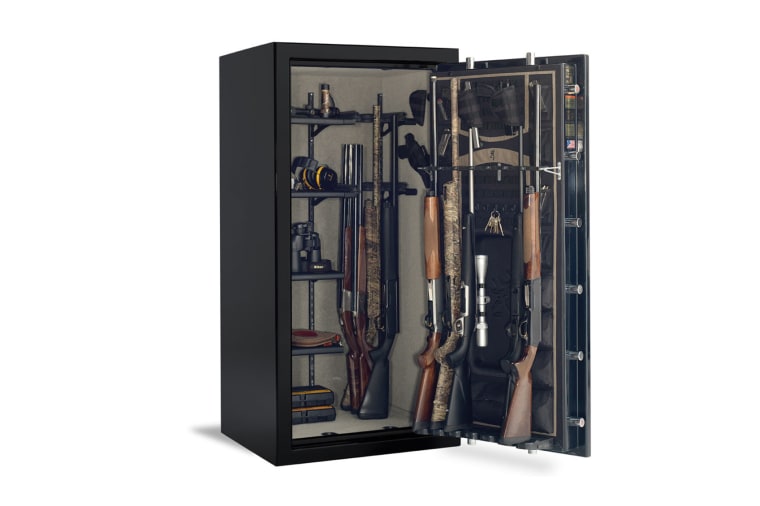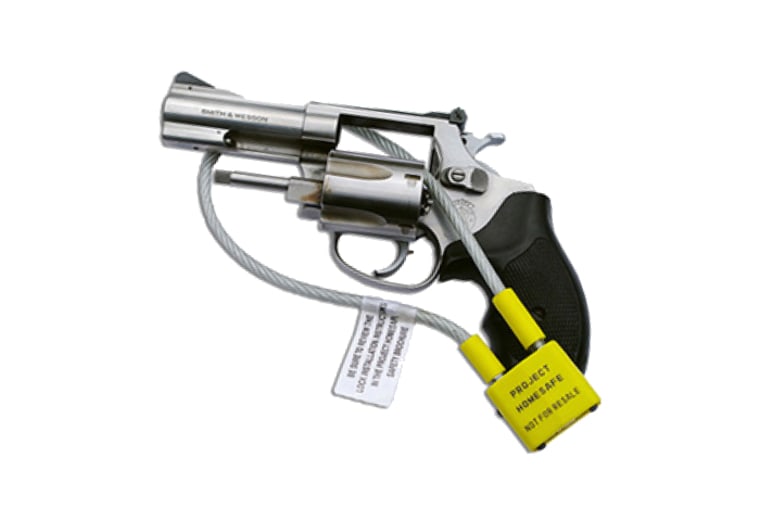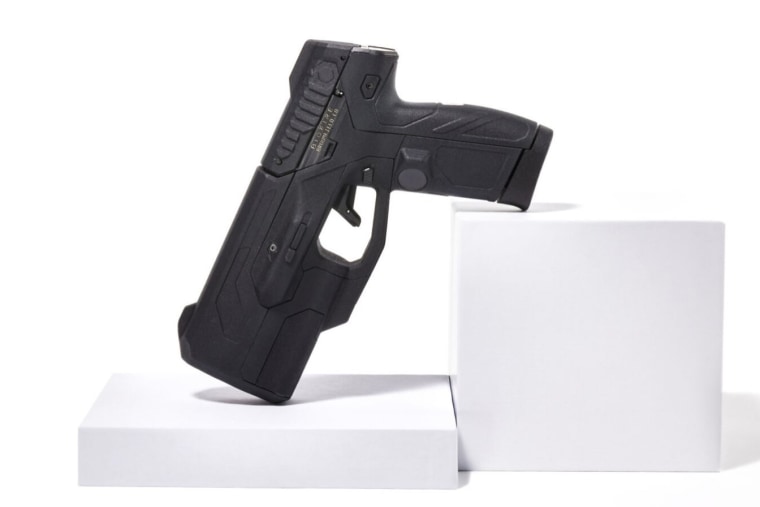A person is killed or injured almost every day in the U.S. because a child has unintentionally fired a gun, according to reports from 2015 to 2022 compiled by Everytown, an advocacy group for firearm safety.
These incidents are almost entirely preventable if firearms are stored safely and securely — which means unloaded and locked up, with ammunition stored separately in a locked container, experts say.
There is broad agreement that gun owners should take those steps. It’s a rare consensus amid the highly polarized gun debate in America, shared by the biggest gun industry group, leading gun control advocates, the White House and many safety experts.
Safely storing firearms helps prevent children and those who could harm themselves or others from easily accessing loaded weapons, reducing the chance of unintentional shootings, as well as suicide and theft.
But many gun owners do not store their weapons locked and unloaded, according to recent surveys, partly because they want them readily available to defend themselves and their families. Experts acknowledge that safety devices can slow access to loaded weapons, though the delay is generally brief; rapid-access safety devices such as biometric gun safes can be opened in a matter of seconds.
Above all, experts on safe storage warn gun owners against simply stashing their firearms in closets, drawers or under a mattress, since children are naturally inclined to explore and find them. Surveys have found that many parents wrongly believe that their children don’t know where their firearms are stored at home.
Why toddler shootings keep happening in America
- On Valentine’s Day, 3-year-old Skye McBride picked up a revolver at her father’s home and shot herself in the head.
- She miraculously survived. Her father is now in jail, the first person charged under Michigan’s new firearms safe-storage law.
- Read the full story here.
Twenty-six states and Washington, D.C., have safe-storage laws that punish gun owners if a child accesses an unsecured firearm. These laws have drawn support from gun safety advocates and the U.S. Surgeon General, but they’re opposed by gun rights groups that argue people should be free to decide when and how to secure their weapons.
Here are the most common safe storage methods recommended by experts:
Gun safes

Gun safes are one of the most secure storage methods. They come in a variety of sizes and usually unlock with a key or combination, which should be kept separately. There are also newer biometric safes that can be opened instantly with a fingerprint, which may appeal to gun owners who want rapid access to their weapons.
Gun safes tend to be bigger, heavier and more expensive than other types of storage devices. Safes range widely in cost, starting at around $70, and larger versions can hold multiple weapons.
Lock boxes

Lock boxes can be used to store firearms, secured with a key, combination or biometric access. They are generally smaller and have thinner, less secure walls than safes. They are also more portable and cheaper, starting at around $30.
Cable locks

One of the cheapest safety devices is a cable-style gun lock, which is threaded through the weapon, then fastened with a padlock at the bottom. The design usually requires the weapon to be unloaded for the lock to be used.
Cable locks are included with firearms shipped by manufacturers, according to the NSSF, the largest industry group representing firearm makers. They are also distributed for free by law enforcement agencies, the NSSF and other groups, or can be purchased for as little as $6. However, similar to cable bike locks, they can be defeated by using wire cutters or other tools.
As a result, both gun manufacturers and safety advocates say that cable locks should be used in addition to — and not as a substitute for — secure storage in a locked safe or other container.
Trigger locks

Trigger locks also attach directly to the gun and prevent it from being fired by blocking the trigger. They are meant to be used on unloaded weapons, but the lock does not prevent the firearm from being loaded. That can lead to an unintentional discharge while the lock is being removed. They can cost as little as $6.
Biometric handguns

Biometric handguns, also known as “smart guns,” are a recent innovation designed to allow only authorized users to fire them. A handgun that uses fingerprint and facial-recognition technology went on sale for the first time last year for around $1,500.







